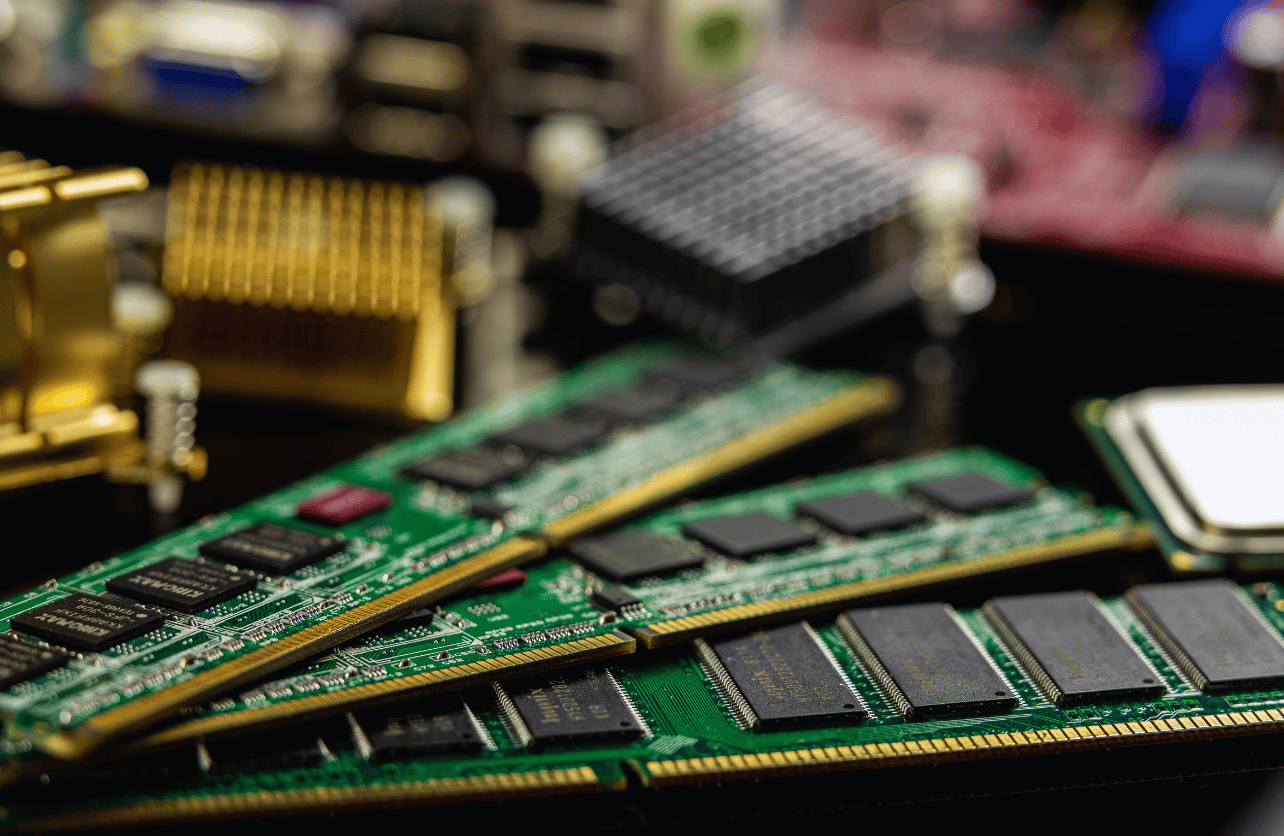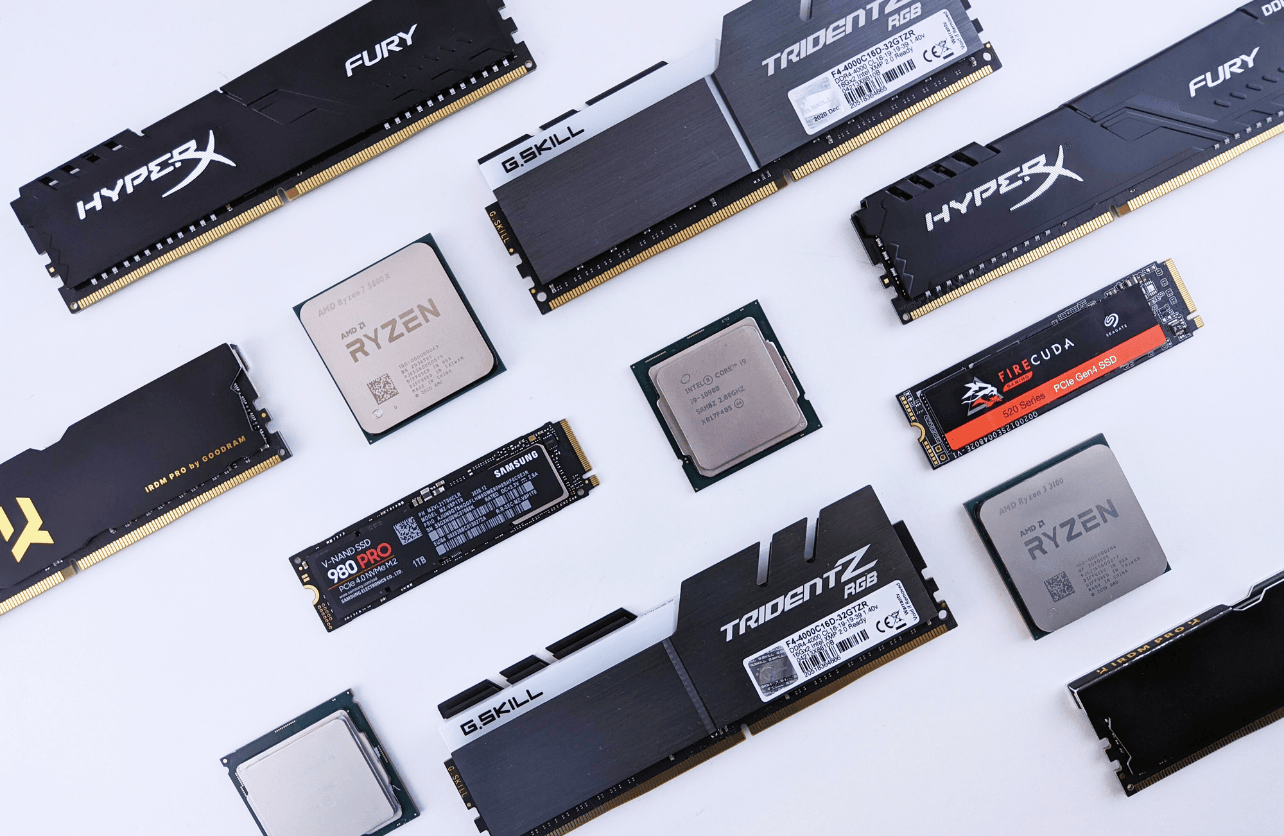How to Check If Your Motherboard Supports DDR5 RAM

Upgrading your computer’s memory can significantly improve performance, but not all motherboards support the latest DDR5 RAM. Since DDR5 and DDR4 are not interchangeable, ensuring compatibility before purchasing new memory is crucial. If you’re unsure whether your motherboard is DDR5-compatible, there are a few key factors to check, including chipset support, CPU socket type, and manufacturer specifications.
Understanding DDR5 and Its Requirements
DDR5 is the latest generation of memory technology, offering higher bandwidth, improved power efficiency, and better multitasking performance compared to DDR4. However, it requires a motherboard and processor designed to work with DDR5 modules. Unlike previous RAM upgrades, where new memory types were often backward-compatible, DDR5 and DDR4 are physically different and cannot be used interchangeably in the same motherboard.
Because of this, checking your motherboard’s specifications is essential before making any upgrades. Here’s how to determine whether your system supports DDR5.
Check Your Motherboard’s Chipset
The chipset is one of the most important factors in determining whether your motherboard supports DDR5. In most cases, Intel’s 600 and 700 series chipsets and AMD’s 600 series chipsets offer DDR5 compatibility. However, some models still support DDR4, so verification is necessary.
Here’s a breakdown of chipsets that support DDR5:
- Intel 600 Series – Z690, H670, B660, H610 (Some models support both DDR4 and DDR5)
- Intel 700 Series – Z790, H770, B760 (Supports DDR5, with some models also allowing DDR4)
- AMD 600 Series – X670, B650, A620 (Only supports DDR5)
If your motherboard is from an older generation, such as Intel’s 500 series or AMD’s 500 series, it will only support DDR4 RAM and is not compatible with DDR5.
To confirm which chipset your motherboard has, you can:
- Check the motherboard model on the manufacturer’s website.
- Look at the product box or manual if you still have them.
- Use system information tools such as CPU-Z to check your motherboard’s chipset.
Verify the CPU Socket Type

The CPU socket also affects memory compatibility, especially on AMD platforms. Intel’s LGA 1700 socket, found in 12th, 13th, and 14th Gen processors, supports both DDR4 and DDR5, depending on the motherboard model.
AMD, on the other hand, completely switched to DDR5 with its AM5 socket, introduced with Ryzen 7000 series processors. If you have an AM4 motherboard, it will only support DDR4 RAM, even if you have a newer Ryzen processor.
Before purchasing DDR5 RAM, verify your CPU and socket compatibility to ensure that both your processor and motherboard can handle the upgrade.
Check the Manufacturer’s Specifications
One of the easiest ways to determine whether your motherboard supports DDR5 is to check the manufacturer’s official specifications. Most major motherboard brands, such as ASUS, MSI, Gigabyte, and ASRock, provide detailed memory compatibility information on their websites.
To find your motherboard’s memory support:
- Locate your motherboard’s model number – This can be found in BIOS, printed on the board itself, or retrieved using software like Speccy or CPU-Z.
- Visit the manufacturer’s website – Enter your motherboard model into the search bar.
- Check the specifications page – Look for “Memory Support” or “Memory Type” to see whether DDR5 is listed.
Some motherboards come in DDR4 and DDR5 variants, even within the same model name. If you’re buying a new motherboard, double-check the product name to ensure you’re selecting the correct version.
Use Online Compatibility Tools
If you’re still unsure, there are several online tools that can help determine your motherboard’s memory compatibility:
- Crucial System Scanner – This tool scans your system and recommends compatible memory upgrades.
- PCPartPicker – This website allows you to select components and ensures that your chosen RAM is compatible with your motherboard.
These tools can save time by quickly confirming whether DDR5 is supported before making a purchase.
Physical Differences Between DDR4 and DDR5
If you have access to the motherboard, you can check the physical memory slots to distinguish between DDR4 and DDR5 compatibility. While they may look similar, DDR5 memory modules have a different notch placement than DDR4, preventing them from being inserted into the wrong slot.
However, visually inspecting the slots is not always reliable because some motherboards have similar-looking DDR4 and DDR5 versions. It’s always best to confirm compatibility through specifications rather than attempting to install a RAM module that may not fit.
Final Thoughts: Should You Upgrade to DDR5?
If your motherboard supports DDR5, upgrading can offer noticeable performance benefits, especially for gaming, multitasking, and professional workloads like video editing and 3D rendering. However, DDR5 memory is still more expensive than DDR4, and not every user will see a massive improvement in day-to-day tasks.
For those using Intel 12th or 13th Gen CPUs with DDR4-compatible motherboards, upgrading to DDR5 may not be necessary unless you need the added bandwidth and efficiency. On the other hand, if you’re building a new PC with an AMD Ryzen 7000 processor, DDR5 is your only option.
By following the steps outlined in this guide—checking your chipset, CPU socket, manufacturer specifications, and compatibility tools—you can confidently determine whether your motherboard supports DDR5 before investing in new memory.
Your Trust, Our Core Commitment
At Rising Tech, earning and maintaining your trust is the cornerstone of our mission. We're dedicated to transparency, impartiality, and the relentless pursuit of truth in every article, review, and recommendation we publish. Our commitment to these principles ensures that you, our valued reader, are always equipped with reliable and unbiased information. Let us be your trusted guide in the ever-evolving world of technology.